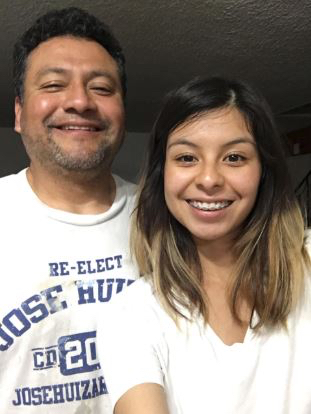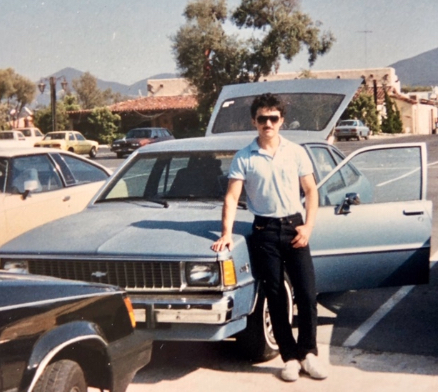What is the difference between an immigrant, a migrant and a refugee? The news is so saturated with these terms and polarizing arguments that students at all levels—including first-year college students—may not know how to begin with this question. Terrible images from journeys gone wrong or mind-boggling statistics trend on our social media feeds, stoking feelings of outrage, terror or worse—indifference. How can students be more critical readers, researchers and writers on this topic which impacts our communities on local and national levels? We can start by reading, listening to and telling the very human narratives of people’s journeys from one part of the country or the world to another.
Recently, I’ve been introducing academic inquiry in first-year college writing courses by asking students to investigate immigrants and refugees in California. As a writing professor, I’m not an expert on immigration, but I do know a few things about being intellectually curious and seeking deeper understanding through reflective analysis, research and writing. I introduce the topic with the award-winning 2017 story, “Three Refugees, Three Journeys to California,” from KQED’s The California Report. After reading profiles of refugees across generational and historical conflicts, students then create a multimedia profile of an immigrant, refugee or migrant from another state in their community. In this post, you can listen to Elizabeth Batres’ interview of her father, Luis Fernando (below), and Eduardo Castellanos’ interview with his father, Jaime (further down in the post).

Elizabeth Batres writes of her father’s story: “It is important to understand the hardships many other immigrants like my dad had to go through for a positive, safer and successful life.”
The Multimedia Profile: Setting Goals and Getting Started
Why do I teach the multimedia profile in a college writing course? The goal of this assignment is to expand students’ media literacy skills, as well as their researching and storytelling abilities, in a way that reflects our multilingual stories of living in California.

 Eduardo Castellanos writes of his father: “I have a lot of respect for my father, because of how important his tough immigration journey was to his family.”
Eduardo Castellanos writes of his father: “I have a lot of respect for my father, because of how important his tough immigration journey was to his family.”